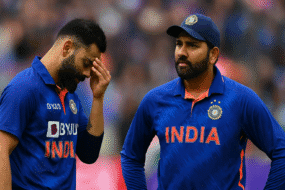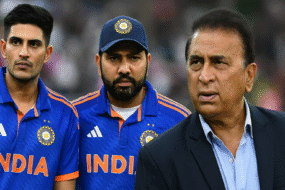The International Cricket Council (ICC) has introduced key updates to the playing conditions in men’s international cricket, including a significant tweak to the two-ball rule in ODIs and new concussion substitute regulations. These changes will be rolled out gradually: from June 17 for Tests, July 2 for ODIs, and July 10 for T20Is.
Currently, ODIs feature two new balls—one from each end—for the entire innings. Under the revised rule, two new balls will only be used up to the 34th over. From over 35 onwards, teams will select one of the two balls to be used from both ends until the innings concludes. This modification is aimed at restoring fairness between bat and ball, as flat pitches and short boundaries have long tilted the format in favor of batters.
In matches shortened to 25 overs or less before the first innings, teams will now only be allowed to use a single new ball across the innings.
Meanwhile, the ICC has also restructured the concussion substitute protocol. Teams will now need to pre-nominate five substitute players before the match—categorized as:
- One wicketkeeper
- One batter
- One seam bowler
- One spin bowler
- One allrounder
This change is designed to eliminate ambiguity and potential misuse. The move follows a controversial moment earlier this year, when India’s Harshit Rana replaced Shivam Dube as a concussion sub and delivered a match-defining performance, prompting scrutiny.
If a substitute player also suffers a concussion, match referees will retain the authority to allow a like-for-like replacement from outside the nominated five, as per existing regulations.
These revisions aim to improve fairness, player safety, and gameplay balance across all formats.





